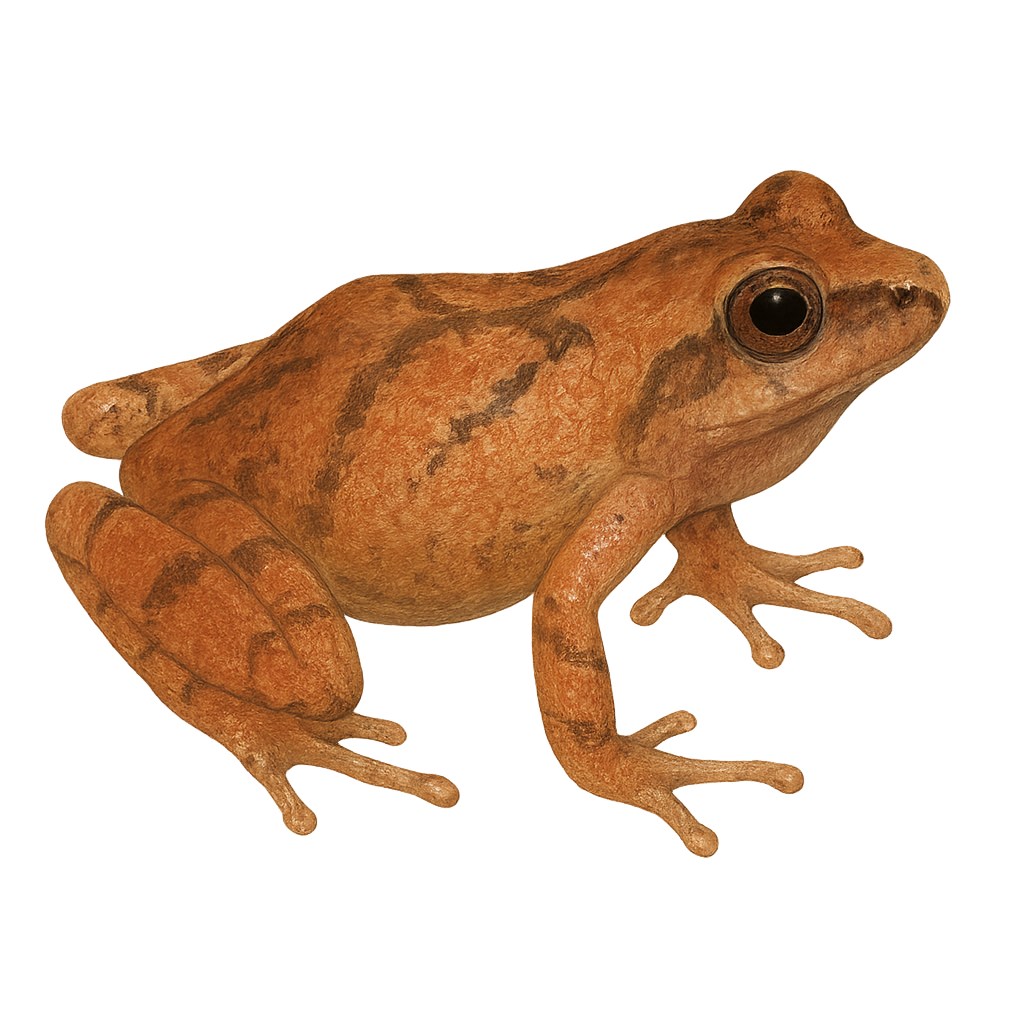Your wildlife photography guide.
Explore the spring peeper in detail, study its behavior, prepare your shots.
Where to observe and photograph the spring peeper in the wild
Learn where and when to spot the spring peeper in the wild, how to identify the species based on distinctive features, and what natural environments it inhabits. The WildlifePhotographer app offers tailored photography tips that reflect the spring peeper’s behavior, helping you capture better wildlife images. Explore the full species profile for key information including description, habitat, active periods, and approach techniques.
Spring Peeper
Scientific name: Pseudacris crucifer

IUCN Status: Least Concern
Family: HYLIDAE
Group: Amphibians
Sensitivity to human approach: Tolerant
Minimum approach distance: 2 m
Reproduction period: January to December
Incubation: 6-12 jours
Births: January to December
Habitat:
Wetlands, forests, meadows
Activity period :
Mainly active at night, generally discreet during the day.
Identification and description:
The Spring Peeper, or Pseudacris crucifer, is a small tree frog native to North America, known for its distinctive call that heralds the arrival of spring. Typically measuring between 2 and 4 cm, it is characterized by a dark X-shaped mark on its back, which gives it its scientific name. It primarily inhabits wetlands, forests, and meadows. Although difficult to spot due to its small size and camouflaging color, its powerful and melodious call is often heard during spring evenings. The Spring Peeper plays a crucial role in the ecosystem by regulating insect populations.
Recommended lens:
Macro – adjust based on distance, desired framing (portrait or habitat), and approach conditions.
Photography tips:
To photograph the Spring Peeper, it's advisable to use a macro lens to capture the details of its skin and distinctive patterns. Look for them near wetlands or forests during spring, especially at dusk or night when their call is most audible. Approach slowly to avoid scaring them, maintaining a distance of about 2 meters. Use a tripod to stabilize your camera and a soft flash to illuminate the scene without dazzling the subject.
The WildlifePhotographer App is coming soon!
Be the first to explore the best nature spots, track rutting seasons, log your observations, and observe more wildlife.
Already 1 432 wildlife lovers subscribed worldwide

